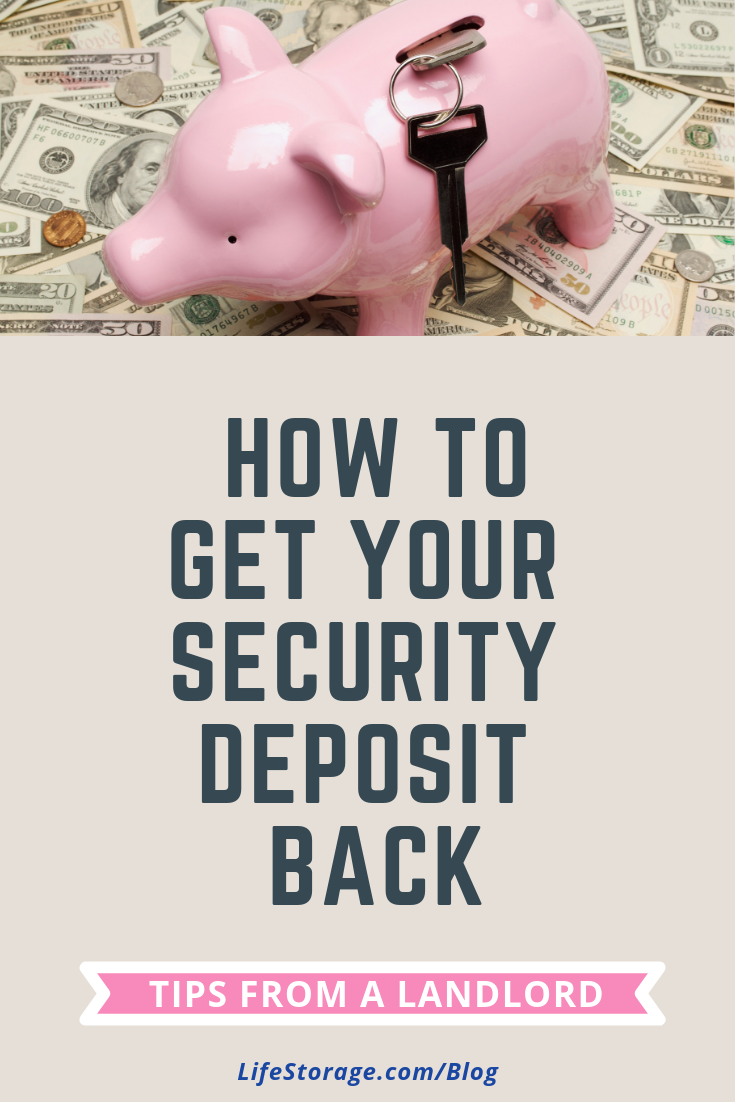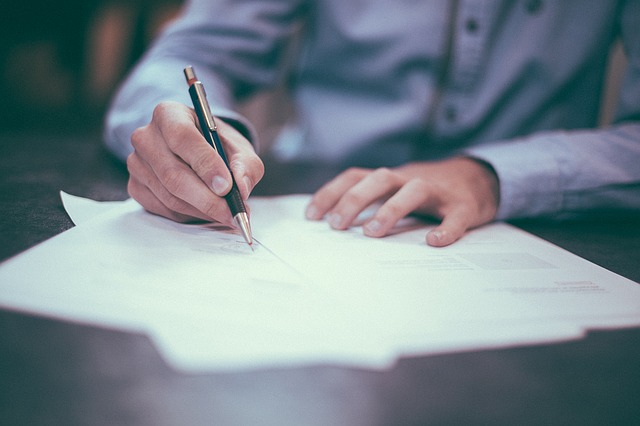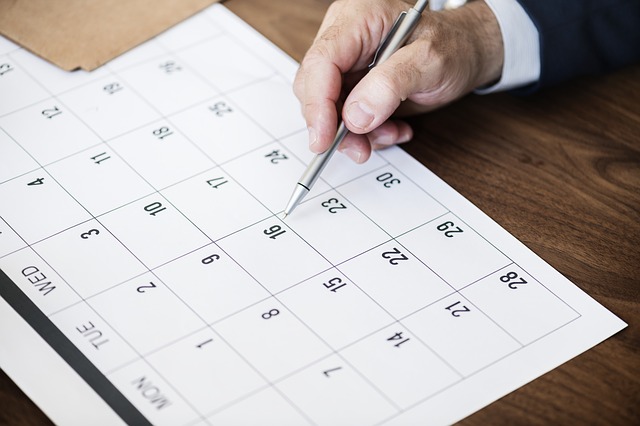
Being in the real estate industry, I’ve seen the good, the bad, and the downright ugly when it comes to landlord/tenant disputes regarding security deposits. But getting your security deposit back doesn’t have to be a struggle.
There are things you as a tenant can do before and after you move out to ensure that you and your landlord are on the same page regarding your security deposit.
By following the tips outlined in this post, you can almost guarantee that you’ll get most, if not all, of your security deposit back.
And if you’re late to the game and you’ve already given notice of your move, we’ll give you tips that you can use right now to make sure you’re in the best possible position to get your money back.
Before You Move In

Get a Written Agreement
Before you sign your new lease, one of the best things you can do is to talk with your landlord about what their expectations are to be able to get your deposit back.
You want to make sure you are absolutely clear on what THEIR expectations are – sometimes, it might be a lot more or a lot less than what you’re expecting.
If there are any discrepancies, this is the time to clear them up.
It’s crucial to read through the lease and make sure there are no other expectations cited in the contract. It’s also a good idea to learn how your landlord feels when it comes to hanging pictures, painting the walls, etc.
Of course, you should expect to have to repair any minor damages when you leave; however, make sure to find out if you’re expected to make any other types of more serious repairs.
Moving even beyond the conversation, you’ll want to get their expectations in writing. The easiest way to do this is to shoot them an email following up on the conversation just to make sure that you understood everything correctly.
Schedule a Walk-Through With Your Landlord
When the day comes for you to move in, make sure that you can schedule a walk-through with your landlord. If possible, use a rental checklist, but regardless, both you and your landlord should take notes on the actual condition of the unit.
We recommend that you take both written notes and photographs to document everything from scratches and dents to actual holes in the walls, as well as any other type of damage that was there before you moved in.
You also want to check and make sure everything is operational before moving in the unit.
You might want to compile these notes into a single document and then have your landlord sign it before adding your signature as well.
When You’re Moving Out

Don’t Mistake Landlord Friendliness for an Automatic Security Deposit Return
Remember that just because you get along with your landlord or they are a family friend, that doesn’t mean you’ll automatically get your security deposit back. Be sure that you aren’t cutting any corners because you think your “landlord won’t mind”.
Make Sure You Didn’t Pay a Non-Refundable Deposit
Depending on your state or county, some landlords may be legally allowed to charge a non-refundable cleaning fee before you move in.
Keep in mind that deposits and fees are not at all the same. Deposits are naturally refundable (as long as the conditions of the lease are upheld), whereas fees are usually non-refundable and won’t count as part of your security deposit.
However, if your landlord does charge you a non-refundable cleaning fee, make sure to get this in writing. Paying such a fee implies that the landlord cannot legally charge you another fee at the time when you decide to move out.
Check Your Local Laws Regarding Security Deposits
It’s important to understand that landlords adhere to certain laws regarding what they can and can’t use your security deposit for. In most cases, there will be a list of items that your landlord can use your deposit for, as well as what you, as a tenant, are not responsible to pay for.
It’s important to know and understand what all of these are. And, remember that landlords who fail to follow these laws stand a chance of facing serious fines if they refuse to give you your money back.
Plan a Final Walk-Through with Your Landlord

Before you leave your apartment for the last time, it’s vital to schedule a final walk-through with your landlord. This ensures that you see the final condition of the unit in the exact same state as your landlord and this avoids any confusion.
If you’re walking through your unit with your landlord, you stand a better chance of explaining damages or negotiating prices for repairs.
Of course, a final walk-through with your landlord isn’t always possible. Still, doing one will ensure that you’re able to get the maximum amount back because you’ll be able to address any issues at that time.
If you aren’t able to schedule a final walk-through with your landlord, another thing you can do is call or email (preferable, so you have a written record), to see what their expectations are as your goal is to leave their property in the best condition and receive your security deposit back. This way both of you are on the same page.
A step further would be once you receive that list from your landlord is to send them photos of everything you’ve checked off their list and ask them if there’s anything else.
Yeah, it can be a bit of a hassle, but good record keeping will make sure that your landlord does the same.
Once a landlord has approved everything through email, it’s less likely that you’ll see surprising charges on your itemized list of non-refunded money (which you’ll request).
Request an Itemized List of Non-Refunded Money
Before moving out, I recommend asking your landlord for an itemized list of everything that is being deducted from your security deposit. If there are any discrepancies, you can help clear up any issues that remain.
A good landlord should already have this prepared for you, but you always want to ask for it regardless.
Keep in mind that a landlord can hold you accountable for excessive damage and filth, but they can’t deduct anything from your deposit if it’s due to regular wear and tear.
| Acceptable Wear and Tear | Excessive Damage and Filth |
| Minor nicks and scratches on walls | Large dents or holes in walls |
| Moderate dirt on carpets | Cigarette burns on carpets |
| Faded paint | Broken bathroom tiles |
| Faded curtains caused by the sun | Broken cupboard doors |
| Small tacks or nails holes | Broken washer or dryer |
You may also ask the landlord to quote you on how much something will cost to be repaired if it is a larger repair. It’s a good idea to ask them if they’d be willing to let you get additional quotes to further reduce the price.
Landlord Hasn’t Given You Your Deposit Back?
Unfortunately, not all security deposits make their way back to their rightful owners. So, if you feel your landlord is wrongfully withholding your deposit or you’re suspicious about the amount you’re receiving back, follow these tips:
Talk to Your Landlord
When a landlord refuses to give your money back, the first thing you should do is try and talk with them and see if you can’t come to a resolution. In some cases, it may be as simple as cleaning or fixing up a bit of damage that you didn’t notice.
Know Your Rights
When it comes to trying to get your security deposit back, it’s important that you understand what your rights are. Keep in mind that different states and counties have different laws regarding rental security deposits; therefore, you need to research your local laws to find out where your stand.
Seek Legal Help
Finally, if you can’t come to a peaceful resolution with your landlord, the last thing you need to do is seek professional legal help to get your money back. However, before seeking legal aid, it’s important to be sure that you’ve upheld the terms and conditions of your lease and that you’re legally entitled to your money.
Final Tips on How to Get Your Deposit Back
So, when it comes to renting your next apartment, begin with the end in mind (getting your security deposit back).
Don’t forget to schedule a walk-through with your landlord on the day of your move in and take note of any previous damages you can find. Make sure to get any agreements between you and your landlord in writing.
Then, when it is time to move out, make sure to do your best to return the rental unit to its original state and schedule a final walk-through with your landlord.
By following the above tips and knowing your rights, you’ll be able to protect yourself from shady landlords and you shouldn’t have any trouble getting your security deposit refunded when you’re ready to move out.
